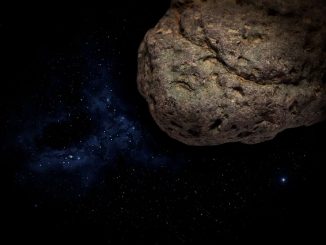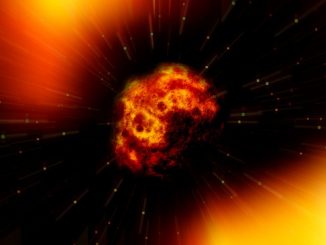
As announced by NASA’s Jet Propulsion Laboratory (JPL) last Monday (March 6), a box the size of an ice-chest will be sent to the International Space Station (ISS) aboard the SpaceX CRS-12 this summer. Containing lasers, a vacuum chamber and an ‘electromagnetic knife’ that will be used to slow down gas particles until they become motionless, NASA intends to use this box to create the coldest spot in the universe.
The box and its accompanying set of instruments are collectively referred to as the Cold Atom Laboratory (CAL). Developed by NASA’s Jet Propulsion Laboratory, it is currently in the final stages of assembly at the JPL Complex in Pasadena, California, after which, it will undergo testing prior to its actual trip to space.
NASA’s ‘cool toolkit’ was designed to freeze atomic gas particles to a billionth of a degree above absolute zero, which is over 100 million times colder than the deepest regions of the cosmos. Supposedly, when atoms are ultra-cooled to this extreme temperature level, they are capable of forming a state of matter referred to as a Bose-Einstein condensate.
A Bose-Einstein condensate is a kind of fluid that flows as if there was no friction, which is why it’s called a ‘superfluid’. While in this state, traditional laws of physics become overshadowed as quantum physics takes over. Instead of behaving like particles, matter tends to become more wave-like, moving as a single entity rather than several different entities.
So far, this behavior can only be observed for fractions of seconds on Earth because the atoms can’t help but be pulled to the ground by Earth’s gravity. In space, however, the story will be a little different. Without gravity to intervene, it might become possible to observe the atoms in their wave-like form longer. Instead of just a mere fraction of a second, the atoms can be observed for up to about 5 to 10 seconds. And with more improvements, that observation time can probably be stretched even further from just seconds into minutes.
A total of five teams are planning to run experiments using the Cold Atom Lab. Among them is Eric Cornell — of the University of Colorado, Boulder and the National Institute for Standards and Technology — who won a Nobel Prize for being the first person ever to create Bose-Einstein condensates in the lab.
So what’s the whole point of this novel strategy? According to CAL Project Scientist Robert Thompson of JPL: “Studying these hyper-cold atoms could reshape our understanding of matter and the fundamental nature of gravity.”
What he specifically means is that the discoveries and lessons that will be gained from the experiments might one day lead to the construction and development of better sensors, quantum computers and atomic clocks for space navigation. Additionally, it might also help shed light on some of the most mysterious forces in the universe — dark energy and dark matter. Just think, this ‘supercool’ project might be the key that will allow us to cross over from our ordinary physical world into the bizarre realm of the quantum universe. Pretty exciting, isn’t it?




Leave a Reply